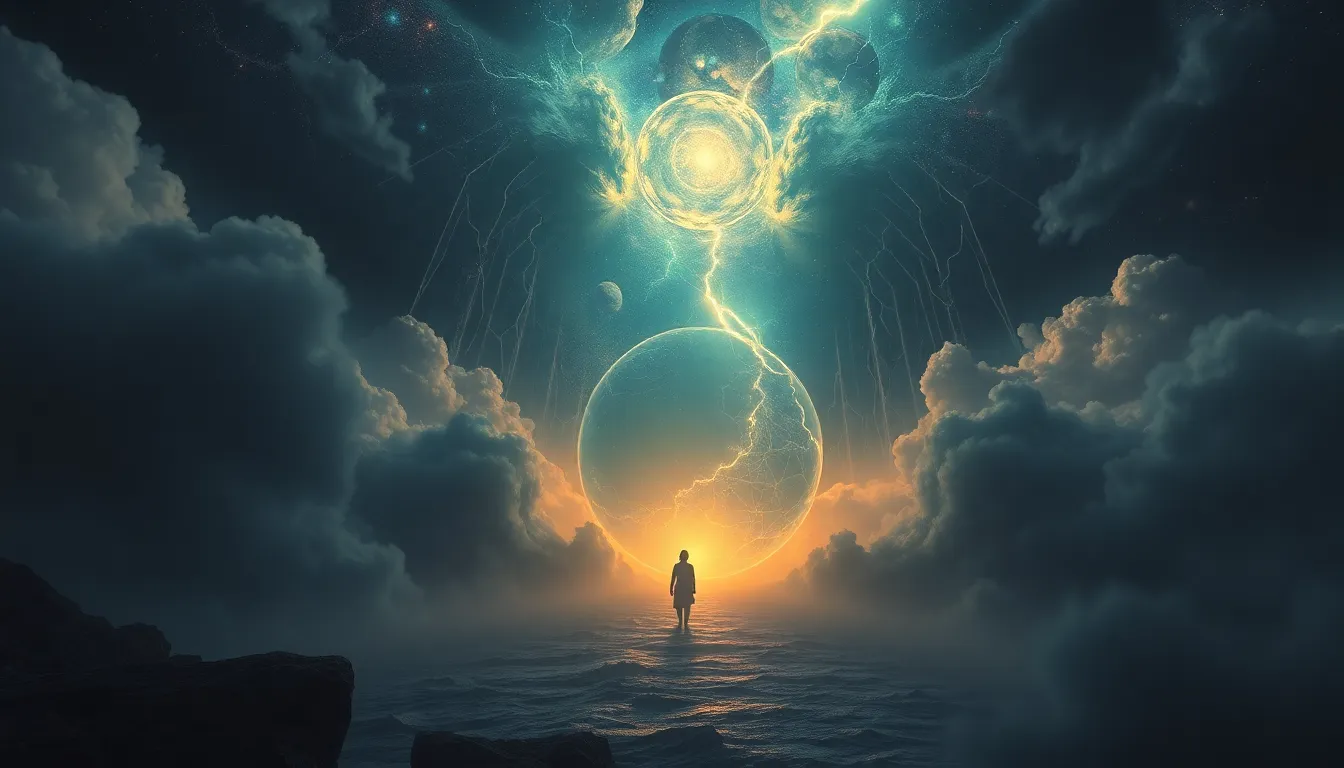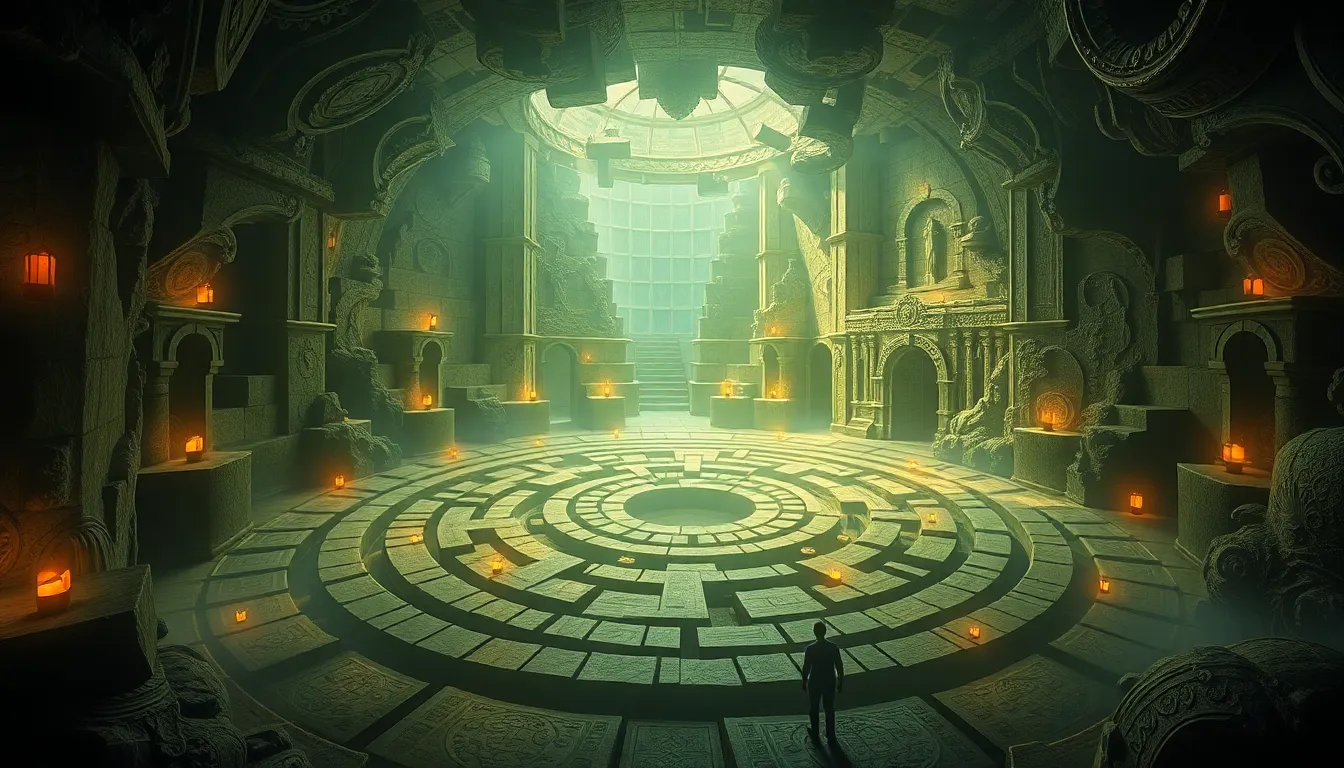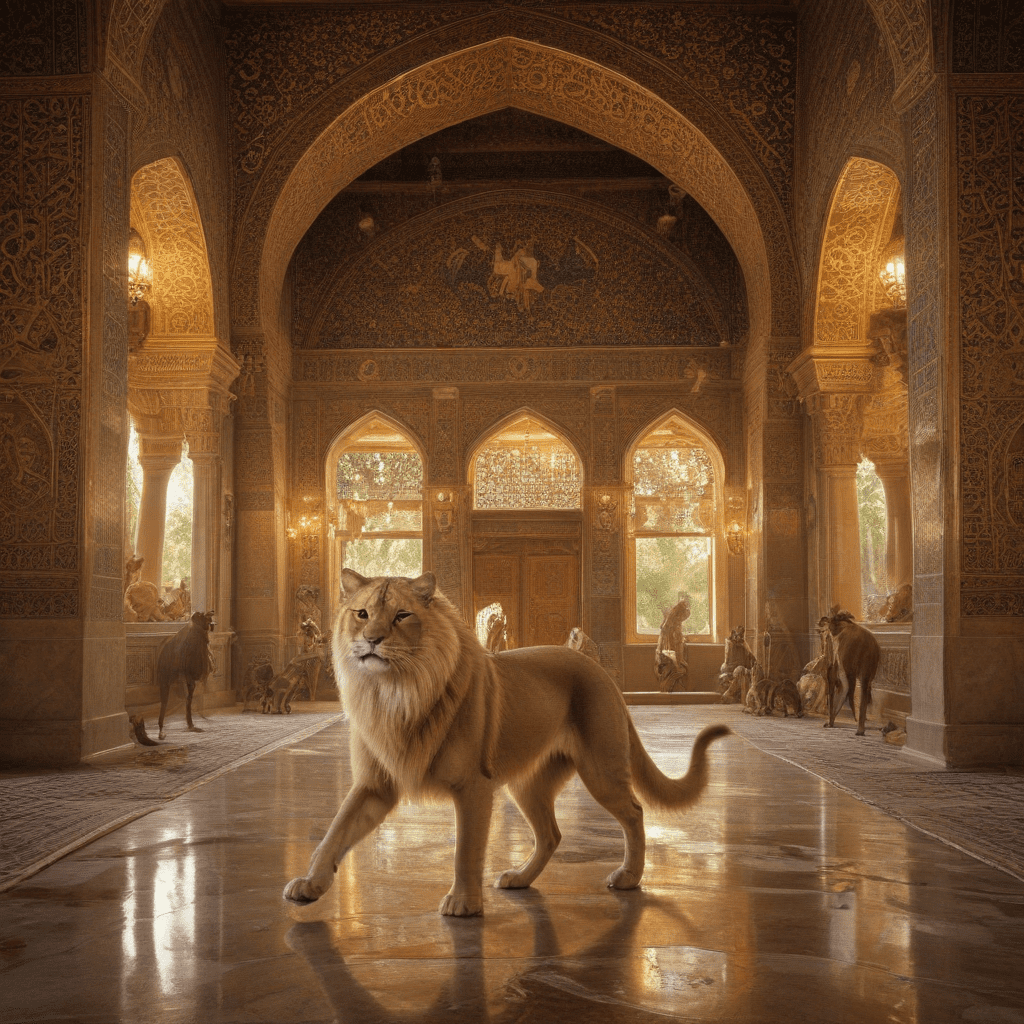The Journey of the Soul: Myths of Rebirth and Renewal
I. Introduction to the Concept of the Soul
The concept of the soul has been a central theme in human thought across various cultures and epochs. It embodies the essence of what it means to be alive, a reflection of our deepest selves, and often serves as the bridge between the material and spiritual worlds.
In different traditions, the soul is defined in myriad ways. For instance, in many Eastern philosophies, it is viewed as an eternal entity that undergoes cycles of rebirth, while in Western traditions, it is sometimes seen as a singular aspect of individual identity that is judged after death.
This article aims to explore the rich tapestry of myths surrounding rebirth and renewal, examining how these stories resonate with human experience and the psychological implications they hold.
II. Historical Perspectives on Rebirth
Throughout history, civilizations have grappled with the concept of the soul’s journey after death. Ancient Egyptian beliefs centered on the afterlife, where the heart was weighed against a feather to determine one’s fate. The Greeks, too, held a complex view of the soul’s fate, with myths like that of Orpheus highlighting themes of loss and longing.
Key mythologies that emphasize rebirth include:
- Egyptian Mythology: The story of Osiris, who was resurrected by his wife Isis, symbolizes the cycle of life, death, and rebirth.
- Greek Mythology: The myth of Persephone, who descends to the underworld and returns, represents the seasonal cycles of nature.
- Hindu Mythology: The belief in samsara, the cycle of birth, death, and rebirth, illustrates a foundational aspect of the religion.
Additionally, resurrection plays a crucial role in religious contexts, particularly in Christianity and Buddhism, where the promise of life after death offers hope and purpose.
III. Symbolism of Rebirth in Mythology
Symbols of rebirth are prevalent across cultures and often carry deep meanings. Common symbols include:
- The Phoenix: This mythical bird rises from its ashes, symbolizing renewal and the eternal cycle of life.
- The Lotus Flower: In many Eastern traditions, the lotus emerges from muddy waters, representing purity and spiritual awakening.
Mythological stories emphasizing transformation, such as the metamorphosis of characters in fables and legends, often reflect the psychological journey of individuals facing personal challenges. These symbols resonate deeply with the human experience of change and evolution.
IV. The Cycle of Life and Death in Various Cultures
Understanding the cycle of life, death, and rebirth is essential in many cultures. Rituals surrounding death and renewal reflect these beliefs:
- Funeral Rites: Various cultures perform elaborate ceremonies to honor the deceased, ensuring a smooth transition to the afterlife.
- Harvest Festivals: Celebrations of renewal often coincide with agricultural cycles, symbolizing life’s continuity.
A comparative study reveals diverse beliefs about the afterlife, from the serene paradise of the afterlife in Christianity to the intricate realms of existence in Buddhist philosophy, where liberation from the cycle of rebirth is sought.
V. Rebirth in Eastern Philosophies
Eastern philosophies, particularly Hinduism and Buddhism, have rich concepts of reincarnation. In Hinduism, the soul is believed to be immortal, undergoing numerous lifetimes based on the law of karma. This cycle continues until the soul achieves moksha, or liberation.
In Buddhism, the idea of rebirth is also prevalent, but it is linked to the concepts of suffering and the desire to escape the cycle of samsara. Karma plays a crucial role, influencing the circumstances of each rebirth.
Practices aimed at achieving enlightenment, such as meditation and mindfulness, are central to breaking free from this cycle and realizing one’s true nature.
VI. Western Myths and the Idea of Renewal
In Western traditions, resurrection holds significant importance, particularly in Christianity, where the resurrection of Jesus symbolizes hope and eternal life for believers. This act of renewal serves as a cornerstone of Christian faith.
The concept of the hero’s journey, popularized by Joseph Campbell, illustrates personal transformation through trials and tribulations, ultimately leading to renewal and self-discovery. Modern interpretations of myths related to renewal often focus on personal growth and societal change.
VII. The Psychological Aspect of Rebirth and Renewal
Mythology plays a pivotal role in shaping personal identity, offering narratives that resonate with individual experiences. Psychological theories, such as Jungian archetypes, highlight the importance of these myths in understanding human behavior and transformation.
Therapeutic applications of myth can facilitate personal growth and healing, enabling individuals to connect with their inner selves and navigate life’s challenges.
VIII. Contemporary Interpretations of Rebirth
Modern spirituality has seen a resurgence of interest in ancient beliefs, with many seeking to reconnect with the concepts of rebirth and renewal. Popular culture reflects this trend, as myths are retold in literature and film, often emphasizing themes of transformation.
The relevance of rebirth in today’s society is evident in movements advocating for environmental renewal and personal reinvention, suggesting a collective yearning for renewal amidst contemporary challenges.
IX. The Future of Soul Myths: Rebirth and Renewal
Globalization is shaping beliefs about the soul and rebirth, leading to a blending of traditions and the rise of new spiritual movements. This evolution of myths reflects a dynamic interaction between cultures, fostering a more inclusive understanding of the soul’s journey.
As humanity continues to grapple with existential questions, the myths of rebirth and renewal will likely adapt, offering new narratives that resonate with future generations.



